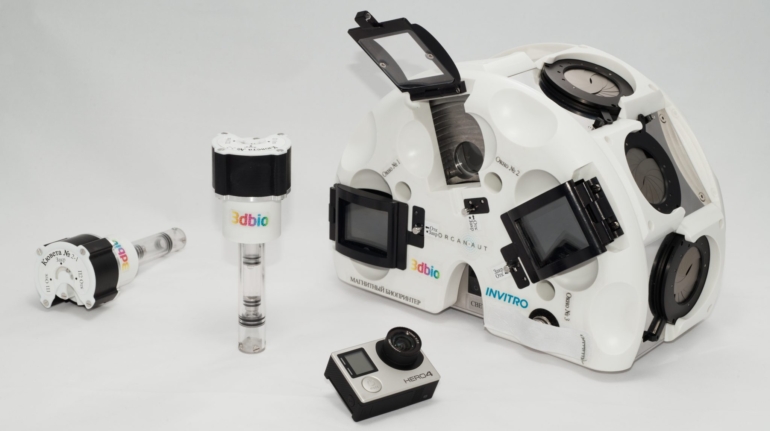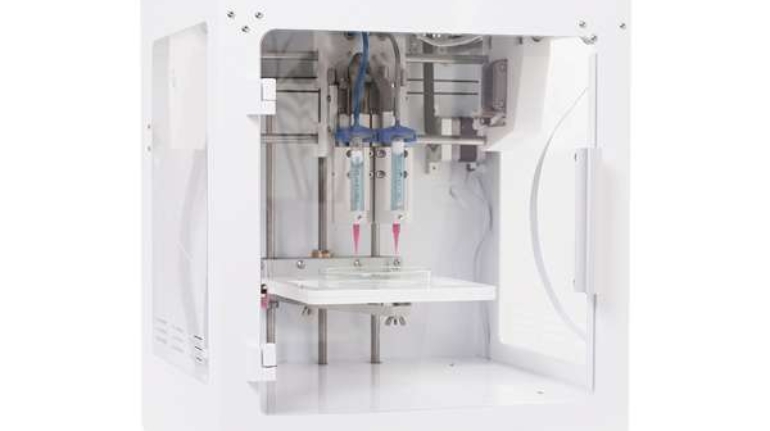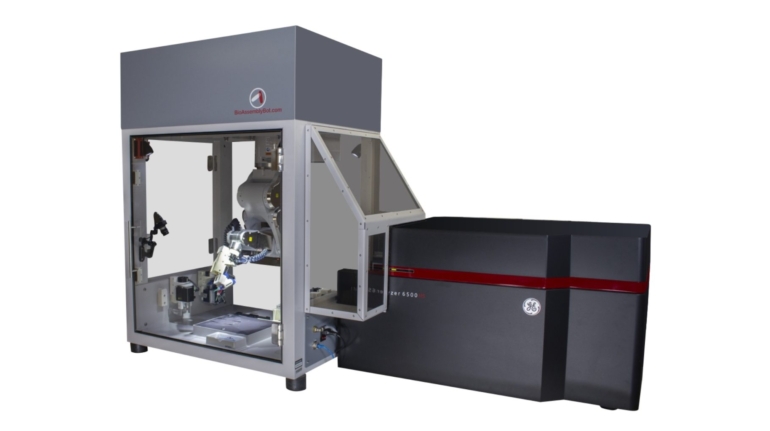Charleston VA 3D Innovation Center Requests FDA Clearance for 3D Printed Medical Devices
Based in Charleston, South Carolina, the Ralph H. Johnson VA Medical Center is seeking approval from the US Food and Drug Administration (FDA) for its 3D printed hearing aids.










